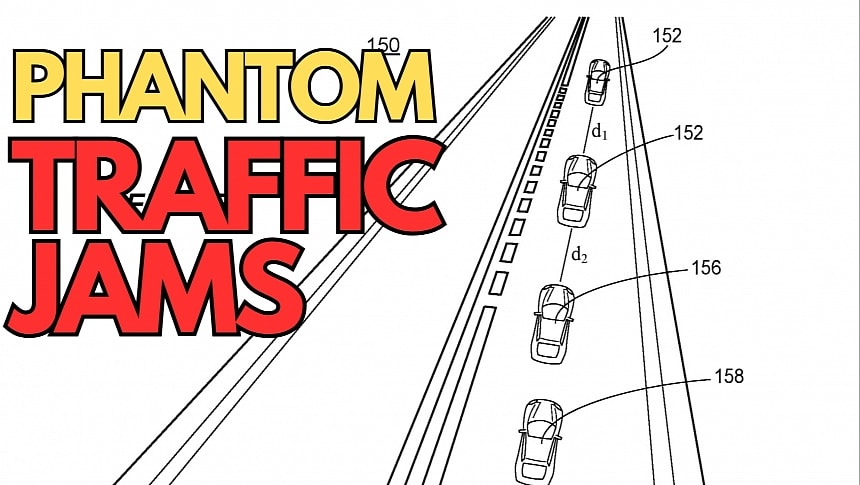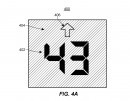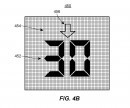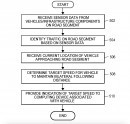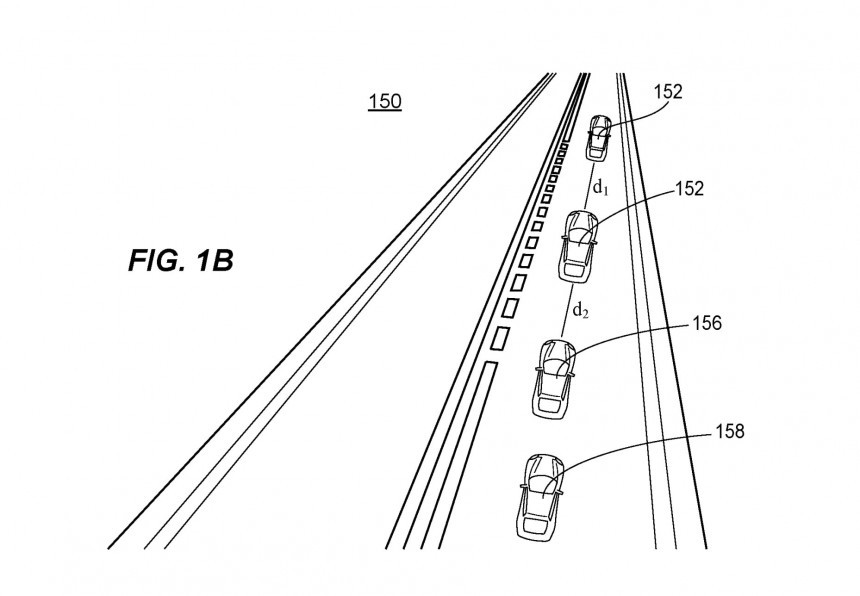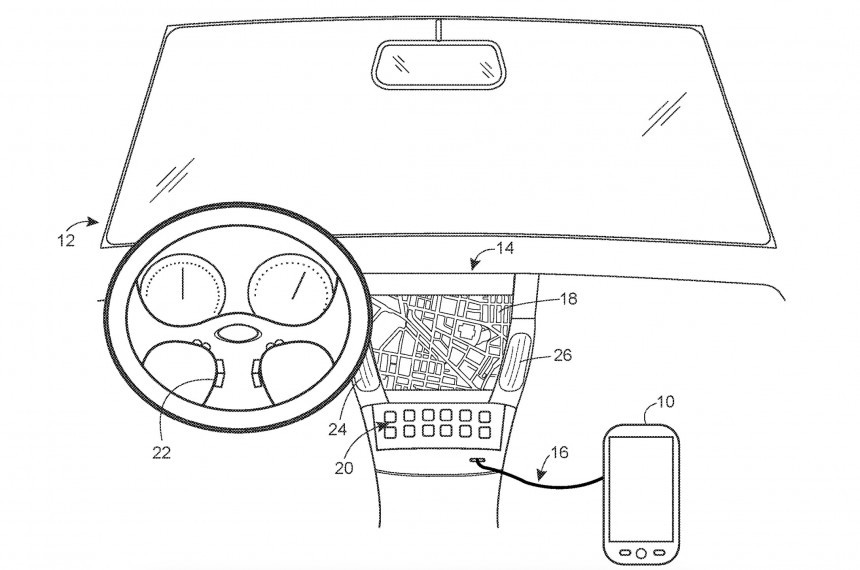Let's be honest about it: phantom traffic jams are real, happen regularly, and look impossible to prevent, especially because all it takes to create one is a single car slowing down.
Phantom traffic jams describe a concept typically happening on high-speed roads, such as highways, when traffic jams occur without an actual cause.
Most traffic jams result from blocked intersections, roadworks, accidents, broken traffic lights, or other traffic incidents that typically lead to a certain number of lanes merging into a smaller number.
Phantom traffic jams are different and happen when one car on the road slows down even slightly. Because it reduces the speed, the car behind it must also slow down, typically to a higher degree. The next vehicle brakes down, too, and eventually, all cars in dense traffic slow down until a certain vehicle comes to a halt. It's a chain reaction we can't control, and the braking level increases with every car.
Eventually, cars stop completely, creating what scientists described as a phantom traffic jam. A few seconds later, all vehicles start moving until the phenomenon occurs again.
Google explains that the impact on traffic is huge. A single phantom traffic jam can create delays of a half hour, an hour, or even hours, especially because the process may repeat. The longer the journey on a densely populated roadway, the bigger the chances for drivers to encounter phantom traffic jams.
This is why the search giant has come up with a solution to prevent phantom traffic jams. Google Maps is an essential part of the experience.
A patent called "phantom traffic jam detection and avoidance" describes how an onboard system can detect traffic jams on a road segment, trying to determine if it's produced by an actual cause, such as an accident, or by someone reducing the speed.
To do this, the system collects information from multiple sources, including cameras installed on the vehicle or traffic surveillance footage. As soon as it can provide valuable traffic information, a system qualifies as an eligible source. In some implementations, the system can also check official traffic sources, such as government agencies, for announcements regarding possible roadworks or accidents.
Once it is determined that no accident occurred and the cause of the slowdown is a phantom traffic jam, Google's system can kick in and try to prevent it from happening.
The concept is simple. Google envisions a traffic reduction system whose role is to display the target speed to each vehicle. In plain English, Google Maps could display how fast you must go in relation to the vehicle in front so you can adjust the speed to avoid creating a phantom traffic jam. The company believes that by maintaining the same speed as the other vehicles on the road, motorists could avoid forcing others to brake down and prevent the phantom traffic jams from impacting traffic.
Google says the speed suggestions should be marked clearly and in a non-distracting way. The company proposes a color-coded system – if you see a suggested speed with a green background, you must speed up to maintain the appropriate following distance; a yellow background means you must slow down; a blue indicator would tell drivers that they must maintain the same speed.
While everything sounds great on paper, there's no doubt that introducing such a system and hoping all drivers on the road would follow the suggestions they see on the screen is wishful thinking.
On the other hand, there's at least one scenario where Google's proposal would work: self-driving vehicles.
An autonomous system can receive the suggested speed and adjust its cruising system accordingly, maintaining the same speed for as long as the route allows. More autonomous vehicles on the road means bigger chances for a phantom traffic jam to no longer occur. However, a single human driver on a densely populated roadway is enough to break the chain and create phantom traffic jams, so it's hard to believe such a system could resolve the problem as long as we're still allowed to drive.
Google's concept is still in the patent stage, and while it needs refinements, the search giant exploring ways to resolve this frustrating problem is good news for the entire world. Scientists have been trying to find a way to deal with phantom traffic jams for years, but preventing vehicles from slowing down and creating the chain reaction proved impossible.
The next time you get too close to the vehicle in front of you, think of what this may lead to if you slow down unexpectedly. Each vehicle will decelerate faster than the one in front, so eventually, by not maintaining the speed of the car in front, you could end up creating a traffic jam on a road where everybody expects clear traffic.
You can find the full patent in the box below, and let me know what you think about phantom traffic jams in the box after the jump.
Most traffic jams result from blocked intersections, roadworks, accidents, broken traffic lights, or other traffic incidents that typically lead to a certain number of lanes merging into a smaller number.
Phantom traffic jams are different and happen when one car on the road slows down even slightly. Because it reduces the speed, the car behind it must also slow down, typically to a higher degree. The next vehicle brakes down, too, and eventually, all cars in dense traffic slow down until a certain vehicle comes to a halt. It's a chain reaction we can't control, and the braking level increases with every car.
Eventually, cars stop completely, creating what scientists described as a phantom traffic jam. A few seconds later, all vehicles start moving until the phenomenon occurs again.
Google explains that the impact on traffic is huge. A single phantom traffic jam can create delays of a half hour, an hour, or even hours, especially because the process may repeat. The longer the journey on a densely populated roadway, the bigger the chances for drivers to encounter phantom traffic jams.
A patent called "phantom traffic jam detection and avoidance" describes how an onboard system can detect traffic jams on a road segment, trying to determine if it's produced by an actual cause, such as an accident, or by someone reducing the speed.
To do this, the system collects information from multiple sources, including cameras installed on the vehicle or traffic surveillance footage. As soon as it can provide valuable traffic information, a system qualifies as an eligible source. In some implementations, the system can also check official traffic sources, such as government agencies, for announcements regarding possible roadworks or accidents.
Once it is determined that no accident occurred and the cause of the slowdown is a phantom traffic jam, Google's system can kick in and try to prevent it from happening.
Google says the speed suggestions should be marked clearly and in a non-distracting way. The company proposes a color-coded system – if you see a suggested speed with a green background, you must speed up to maintain the appropriate following distance; a yellow background means you must slow down; a blue indicator would tell drivers that they must maintain the same speed.
While everything sounds great on paper, there's no doubt that introducing such a system and hoping all drivers on the road would follow the suggestions they see on the screen is wishful thinking.
An autonomous system can receive the suggested speed and adjust its cruising system accordingly, maintaining the same speed for as long as the route allows. More autonomous vehicles on the road means bigger chances for a phantom traffic jam to no longer occur. However, a single human driver on a densely populated roadway is enough to break the chain and create phantom traffic jams, so it's hard to believe such a system could resolve the problem as long as we're still allowed to drive.
Google's concept is still in the patent stage, and while it needs refinements, the search giant exploring ways to resolve this frustrating problem is good news for the entire world. Scientists have been trying to find a way to deal with phantom traffic jams for years, but preventing vehicles from slowing down and creating the chain reaction proved impossible.
The next time you get too close to the vehicle in front of you, think of what this may lead to if you slow down unexpectedly. Each vehicle will decelerate faster than the one in front, so eventually, by not maintaining the speed of the car in front, you could end up creating a traffic jam on a road where everybody expects clear traffic.
You can find the full patent in the box below, and let me know what you think about phantom traffic jams in the box after the jump.
